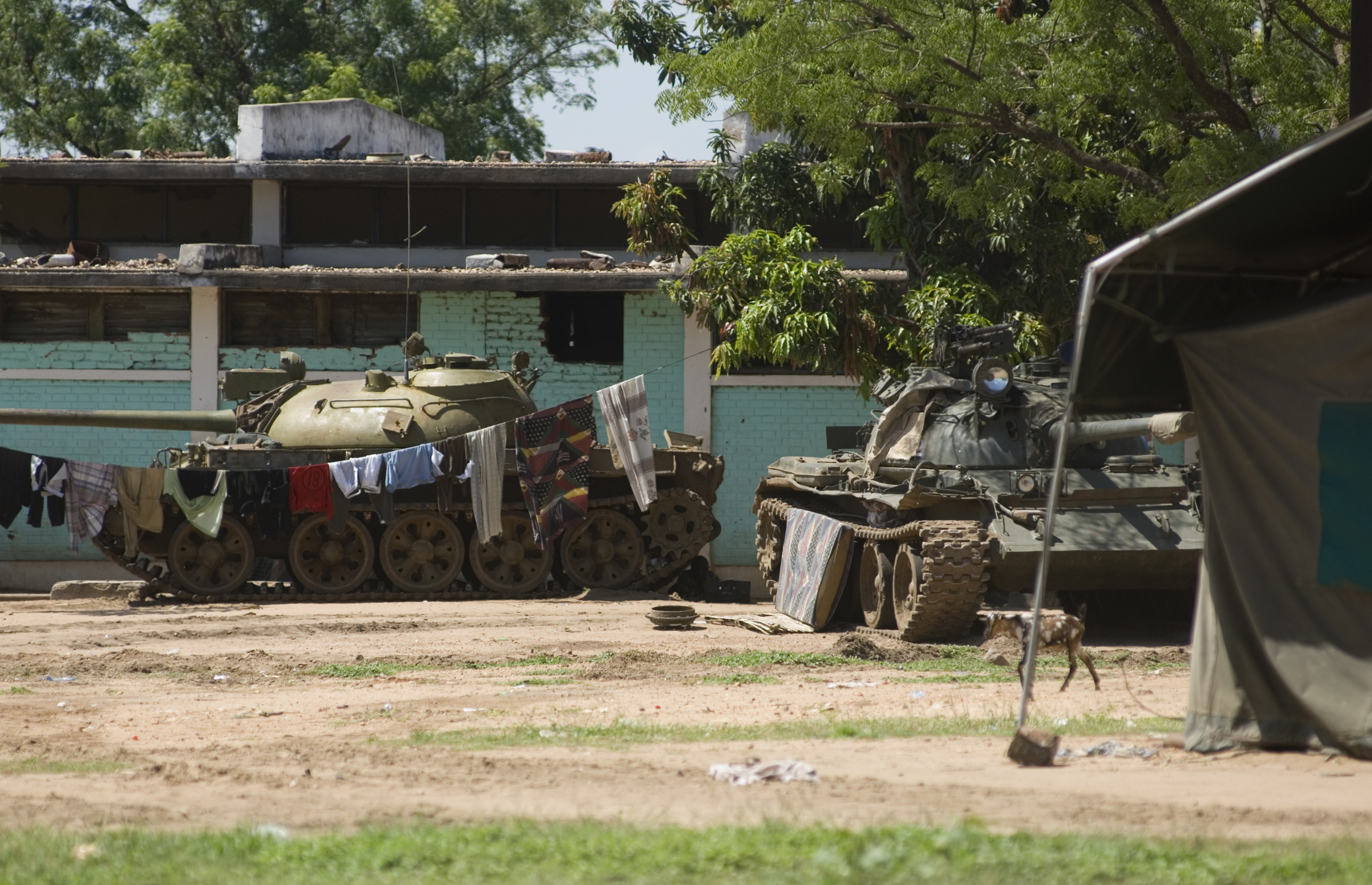Sudan: Eruption of violence adds to the East African country’s difficulties and risks deepening the humanitarian crisis

Event
In April, violent fighting erupted between the regular Sudanese Armed Forces (SAF) and the paramilitary Rapid Support Forces (RSF) in Khartoum, the country’s capital, and across the country. Violence in Darfur has been particularly intense.
Tensions between these two factions and their respective leaders, General Abdel Fattah al-Burhan and Lieutenant-General Mohammed Hamdan Dagalo, also known as 'Himedti', both close to former dictator Omar al-Bashir, have existed for years, but did not prevent Himedti from backing al-Burhan in the 2021 coup against the civilian-military transitional government.
Tensions regarding the implementation of the December 2022 'Framework Agreement', signed under international pressure, have triggered the violence. The agreement is supposed to lay the groundwork towards a final agreement and the formation of a new civilian government by the end of 2024. The timeline for the integration of the RSF into the army is one of the main areas of contention.
Impact
Sudan has been in a challenging situation since it split with South Sudan in 2011. This separation led to the loss of 75% of Sudan’s oil reserves and turned the country from an oil exporter to an oil importer. Oil accounted for 95% of the country’s current account revenues and was an important source of government revenue. The IMF estimates that public debt will exceed 150% of GDP in 2023, a level that is unsustainable for a low-income country.

Sudan, one of the poorest countries in the world, suffers from serious economic difficulties and structural weaknesses. These include large current account deficits, shortages of basic goods and high unemployment (see graph below). Many of these factors have worsened due to political instability since the ouster of President Omar al-Bashir in 2019 and the military coup in October 2021. The coup also caused billions of dollars of financial aid from Western donors to be frozen, and the suspension of a much-needed bilateral debt relief agreement by the Paris Club.

In addition, the country is plagued by a very high inflation rate. Though inflation has come down from a peak of more than 400% in July 2021, thanks to the implementation of an IMF program, it is still at a very high level (see graph below).

The recent clashes between the SAF and the RSF make it improbable that any of these economic imbalances will improve and might even cause them to deteriorate.
Violence has further derailed the transition process, which was supposed to result in a civilian government, and debt relief under the HIPC process is unlikely to resume until a credible civilian government is appointed.
Countries in the region are calling for an end to the fighting, but they are supporting different factions. Egypt is backing al-Burhan, while the United Arab Emirates favours Himedti. Neighbouring countries are particularly worried about the conflict spilling over into their borders.
The fighting parties have so far not indicated a willingness to enter into talks, making a quick resolution of the conflict unlikely.
Sudan’s risk rating is in category 7/7, both for the short-term and medium- to long-term political risks. Given the country’s structural issues and the ongoing conflict, any upgrade is considered unlikely in the near term.
Analyst: Jonathan Schotte – j.schotte@credendo.com